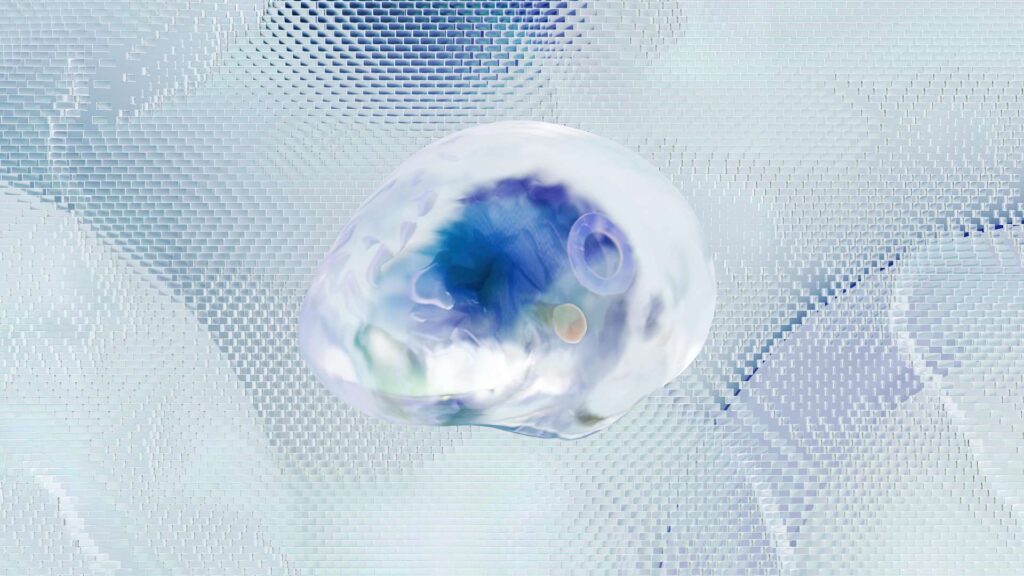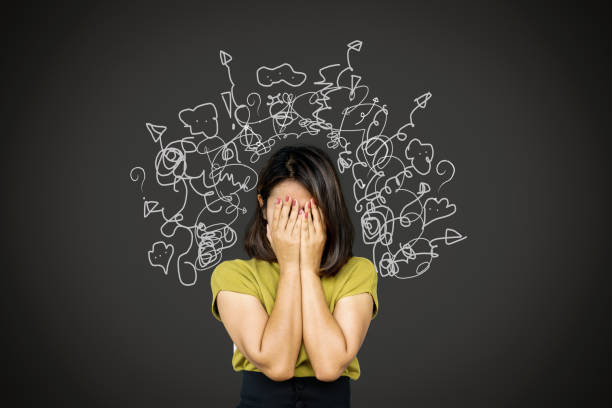
Learn what anxiety really is from a scientific perspective—how it affects your brain, body, and behavior, plus when it becomes a disorder.
Introduction: More Than Just Nervousness
We’ve all felt it—the racing heart before a big presentation, the knot in your stomach during conflict, or the restless nights worrying about the future. Anxiety is a universal human experience, but what’s actually happening in your brain and body when anxiety strikes?
This article breaks down anxiety from a biological, psychological, and neurological perspective, helping you understand:
- The difference between normal anxiety and anxiety disorders
- How your brain triggers the anxiety response
- Why some people experience anxiety more intensely
- When anxiety becomes a medical concern
Let’s dive into the science behind one of humanity’s most primal emotions.

Anxiety Defined: A Survival Mechanism Gone Awry
The Evolutionary Purpose of Anxiety
Anxiety isn’t a flaw—it’s an ancient survival mechanism. Early humans relied on anxiety to:
- Detect threats (e.g., predators, rival tribes)
- Enhance focus in dangerous situations
- Prepare the body for “fight or flight”
In modern times, however, our brains often overapply this response to non-life-threatening stressors (work deadlines, social scrutiny, etc.).
Anxiety vs. Anxiety Disorders
| Normal Anxiety | Anxiety Disorder |
|---|---|
| Temporary (ends when stressor passes) | Persistent (6+ months) |
| Proportional to threat | Disproportionate or irrational |
| Doesn’t disrupt daily life | Interferes with work, relationships, health |
The Neuroscience of Anxiety: Your Brain on Alert
Anxiety originates in a complex interplay of brain regions:
1. Amygdala: The Alarm System
- Detects potential threats
- Activates the hypothalamus (triggers adrenaline release)
- Hyperactive in people with anxiety disorders
2. Prefrontal Cortex: The Brakes
- Regulates emotional responses
- Assesses whether a threat is real
- Weaker connectivity to the amygdala in anxious individuals
3. Hippocampus: Memory’s Role
- Stores memories of past threats
- Can “overgeneralize” danger (e.g., “All dogs are scary because one barked at me”)
Key Neurotransmitters Involved:
- GABA (calms the brain; low levels linked to anxiety)
- Serotonin (regulates mood; imbalances worsen anxiety)
- Norepinephrine (boosts alertness; excess causes panic symptoms)

The Body’s Response: Fight or Flight in Action
When anxiety hits, your sympathetic nervous system activates:
| Physical Symptom | Biological Reason |
|---|---|
| Rapid heartbeat | Prepares muscles for action |
| Sweating | Cools body during exertion |
| Shallow breathing | Maximizes oxygen intake |
| Digestive slowdown | Redirects energy to survival |
| Muscle tension | Prepares to fight or flee |
Chronic anxiety keeps this system overactivated, leading to:
- Fatigue (from constant adrenaline surges)
- Weakened immunity (prioritizing short-term survival over long-term health)
- Digestive issues (e.g., IBS)
Why Do Some People Have More Anxiety? Risk Factors
1. Genetics
- 30-40% heritability rate for anxiety disorders
- Variations in SERT gene (serotonin transporter) increase susceptibility
2. Brain Chemistry
- Low GABA activity → harder to calm down
- Overactive amygdala → quicker threat detection
3. Life Experiences
- Childhood trauma (rewires the brain’s threat response)
- Chronic stress (depletes stress-regulation resources)
4. Medical Causes
- Thyroid disorders
- Heart arrhythmias
- Vitamin deficiencies (e.g., B12, magnesium)
When Anxiety Becomes a Disorder: Key Types
1. Generalized Anxiety Disorder (GAD)
- Excessive worry about everyday things
- Physical symptoms: restlessness, fatigue, muscle tension
2. Panic Disorder
- Sudden, intense panic attacks
- Fear of future attacks creates avoidance behaviors
3. Social Anxiety Disorder
- Extreme fear of judgment in social settings
- Avoidance of parties, public speaking, etc.
4. Phobias
- Irrational fear of specific triggers (heights, spiders, etc.)

Managing Anxiety: Science-Backed Strategies
Short-Term Relief
✅ Deep breathing (activates the parasympathetic “rest and digest” system)
✅ Grounding techniques (5-4-3-2-1 method: Name 5 things you see, 4 you feel, etc.)
✅ Cold exposure (splashing face with cold water resets the nervous system)
Long-Term Solutions
🔹 Cognitive Behavioral Therapy (CBT) – Rewires thought patterns
🔹 Medication (SSRIs, SNRIs, benzodiazepines for short-term use)
🔹 Lifestyle changes – Regular exercise, sleep hygiene, caffeine reduction
Emerging Treatments
- Neurofeedback (trains brain to regulate amygdala activity)
- Psychedelic-assisted therapy (under research for PTSD and severe anxiety)
When to Seek Help
Consult a doctor or therapist if anxiety:
🚩 Causes significant distress or avoidance
🚩 Leads to physical health problems (e.g., insomnia, ulcers)
🚩 Includes suicidal thoughts
Final Thoughts
Anxiety is a natural—even vital—part of being human, but when it becomes excessive, it’s essential to intervene. Understanding the biological roots of anxiety empowers you to address it effectively, whether through therapy, lifestyle changes, or professional support.
📌 Call to Action: If anxiety dominates your life, consider reaching out to a mental health professional. You’re not alone—help is available.
Sources & Further Reading:
- National Institute of Mental Health (NIMH)
- Harvard Health: Understanding Anxiety
- American Psychological Association (APA)
Knowledge is power—arm yourself with science, then take the next step toward calm. 🧠💙
Leave a Reply